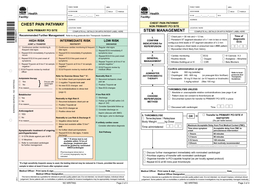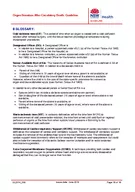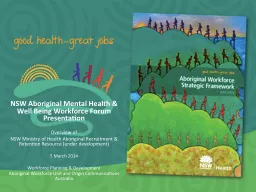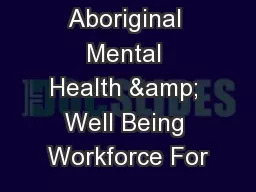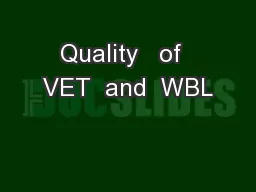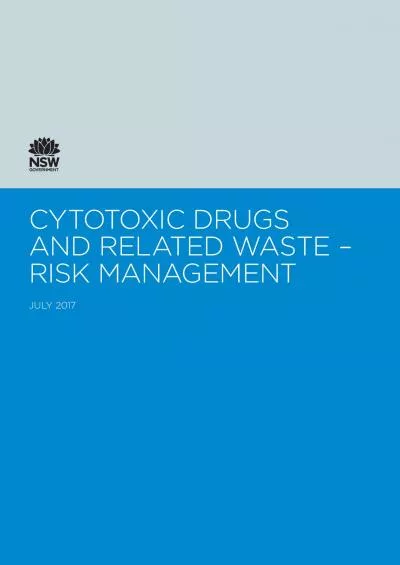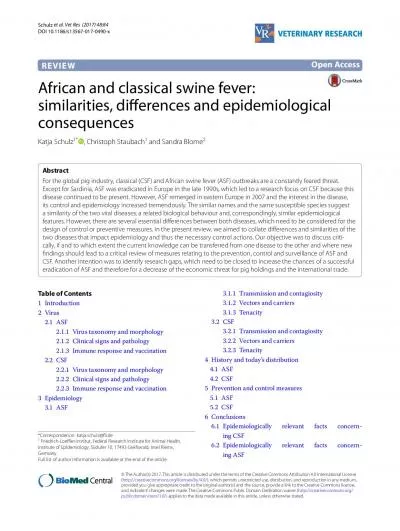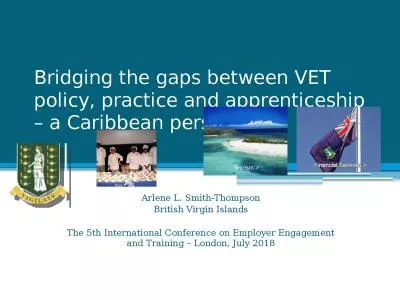PPT-2015 and beyond - VET in Western NSW
Author : natalia-silvester | Published Date : 2016-07-17
Achieving Vocational Outcomes Ben Houghton Going to TAFE is the best way it opens so many doors Population of Central and Western NSW 24 Local Government areas
Presentation Embed Code
Download Presentation
Download Presentation The PPT/PDF document "2015 and beyond - VET in Western NSW" is the property of its rightful owner. Permission is granted to download and print the materials on this website for personal, non-commercial use only, and to display it on your personal computer provided you do not modify the materials and that you retain all copyright notices contained in the materials. By downloading content from our website, you accept the terms of this agreement.
2015 and beyond - VET in Western NSW: Transcript
Download Rules Of Document
"2015 and beyond - VET in Western NSW"The content belongs to its owner. You may download and print it for personal use, without modification, and keep all copyright notices. By downloading, you agree to these terms.
Related Documents


